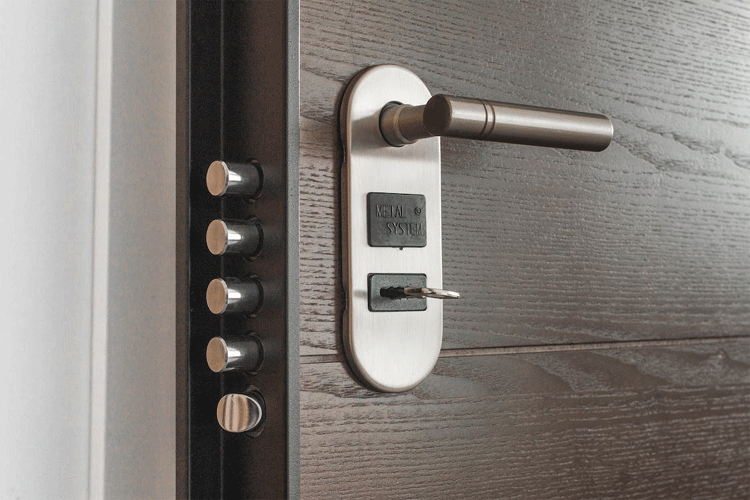Creating a smart home security system involves using a combination of different devices and technologies to protect your home from burglaries, fires, and other potential threats.
Here are some steps to help you create a smart home security system.
Evaluate your security needs:
The first step is to evaluate your security needs and identify the potential threats to your home. For instance, if you live in an area with a high crime rate, you may need to focus on burglary prevention measures, such as surveillance cameras, door and window sensors, and smart locks. Alternatively, if you live in an area prone to wildfires, you may need to focus on smoke detectors and temperature sensors.

Choose the right devices:
Once you have identified your security needs, the next step is to choose the right devices. Some of the most common devices used in smart home security systems include:
Surveillance cameras:
These devices allow you to monitor your home from anywhere using your smartphone or computer. They can also provide motion detection alerts and video recordings.

Door and window sensors:
These sensors can detect when a door or window is opened and send alerts to your smartphone or smart home hub.
Smart locks:
These locks allow you to remotely lock and unlock your doors using your smartphone or voice commands. They can also provide access codes for family members or guests.

Smoke detectors:
These devices can detect smoke and alert you to potential fires. They can also provide real-time notifications to your smartphone or smart home hub.
Motion sensors:
These sensors can detect motion and send alerts to your smartphone or smart home hub. They can also be used to trigger other devices, such as cameras or alarms.
Install the devices:
Once you have chosen the right devices and smart home hub, the next step is to install them. Make sure to follow the manufacturer’s instructions carefully and test each device to ensure it is working correctly.

Set up automation:
Automation allows your smart home devices to work together to provide an enhanced level of security. For instance, you can set up rules that turn on the lights when motion is detected or lock the doors when you leave the house. Automation can also be used to schedule certain actions, such as turning on the lights at sunset or turning off the AC when you leave the house.

Monitor your home:
Finally, it is essential to monitor your home regularly to ensure your smart home security system is working correctly. You can check the status of your devices using the smart home app or receive alerts when something is wrong. You can also consider professional monitoring services, which can provide 24/7 monitoring and emergency response.
Conclusion:
Creating a smart home security system involves evaluating your security needs, choosing the right devices, installing them correctly, setting up automation, and monitoring your home regularly. You can ensure your home is protected from potential threats and enjoy the convenience and peace of mind that comes with a smart home security system.
Also Read: Green Roofing – Is It Really Beneficial Or Just Another Fad?

